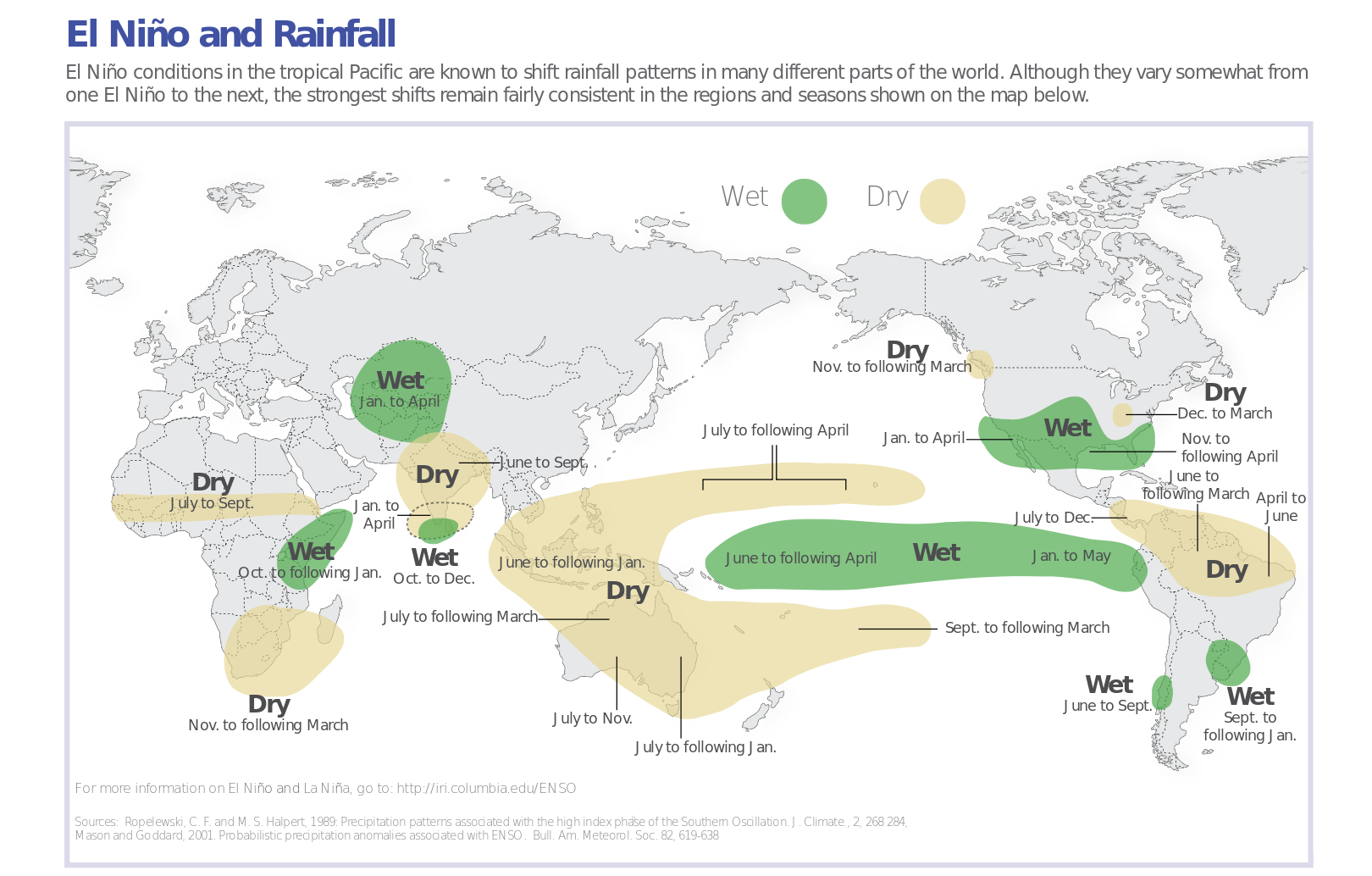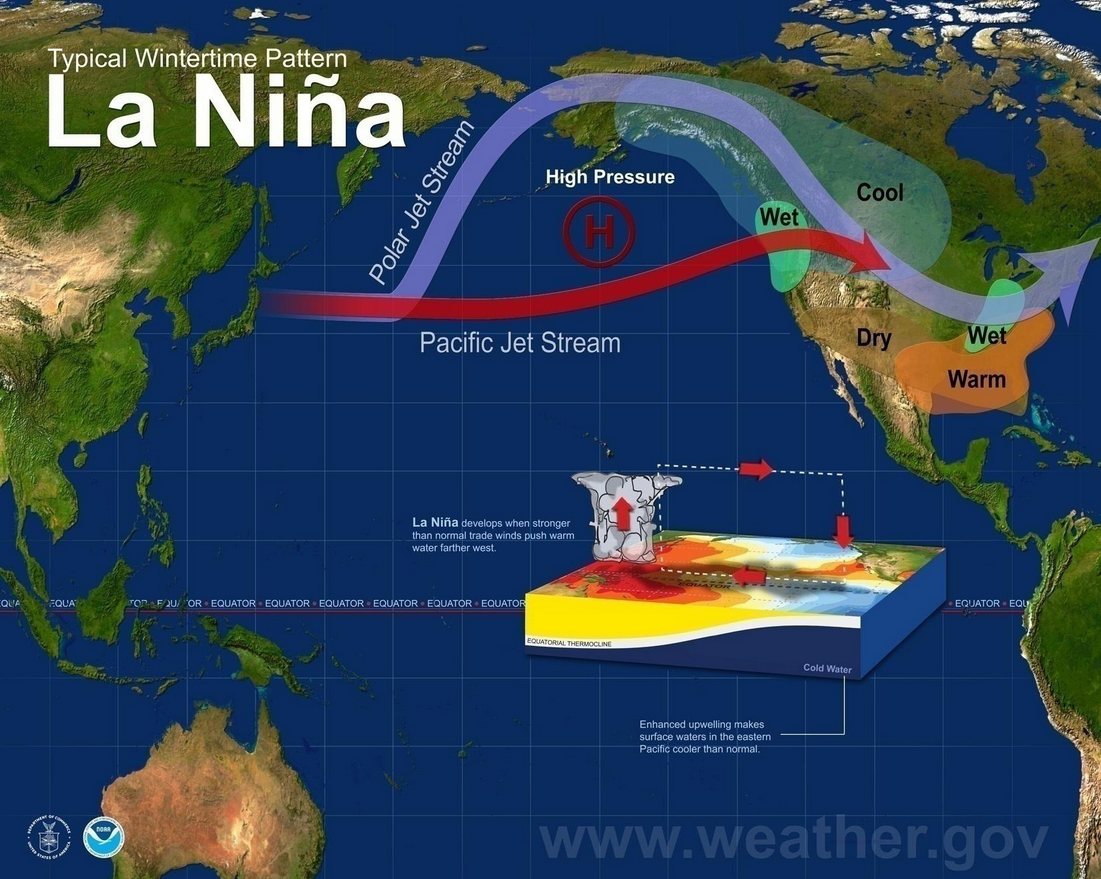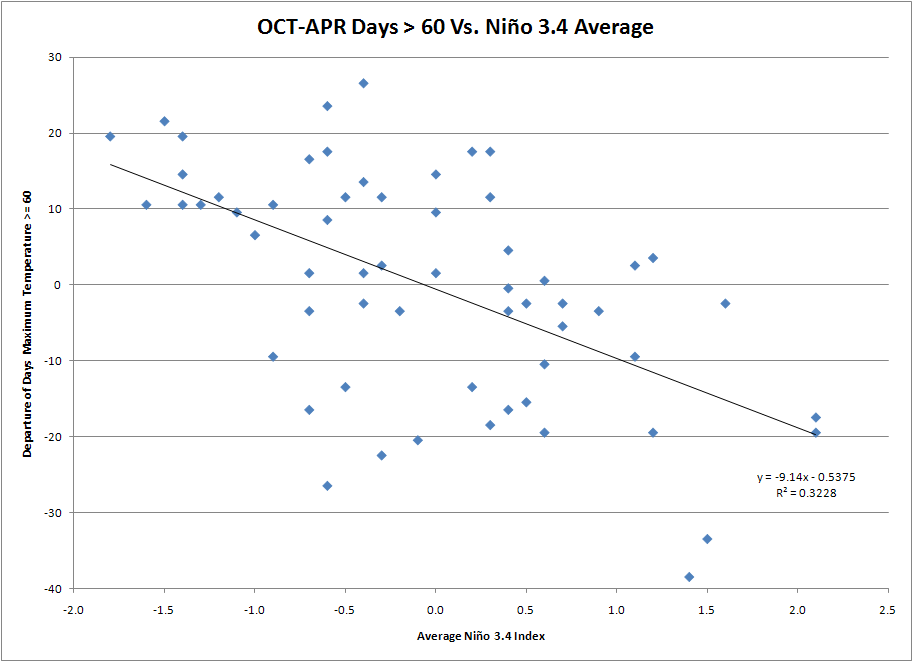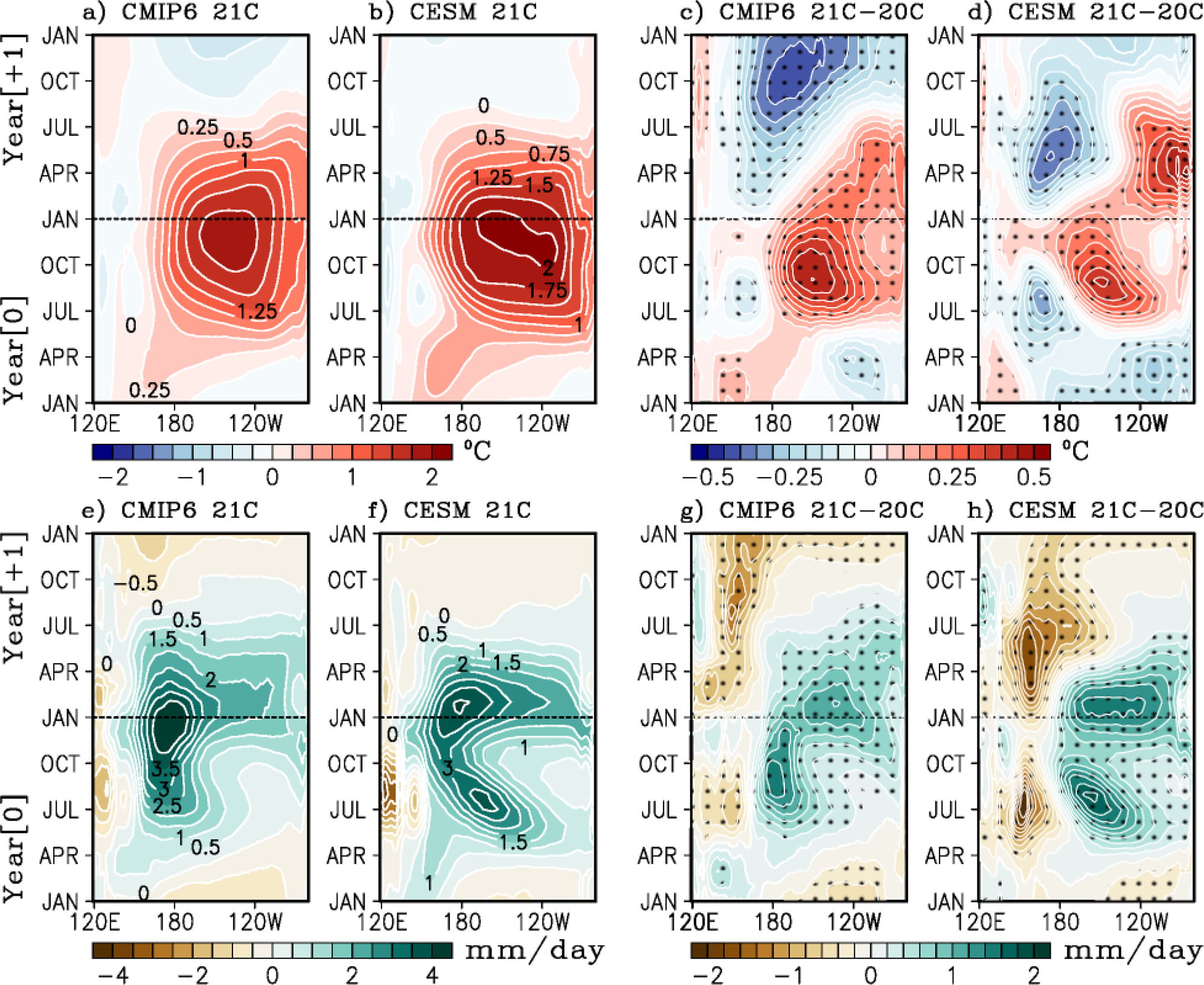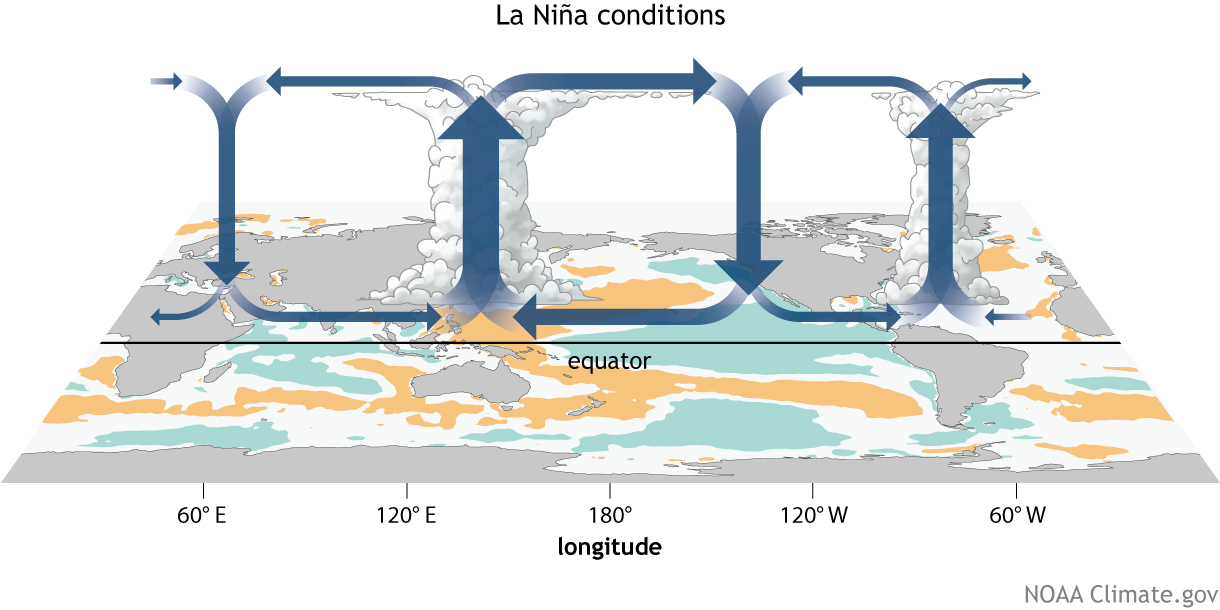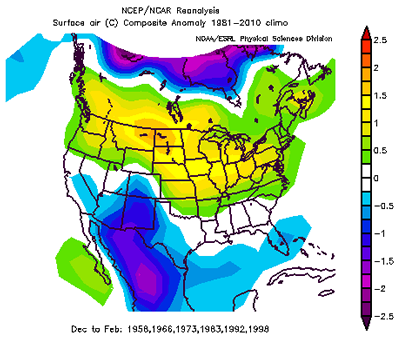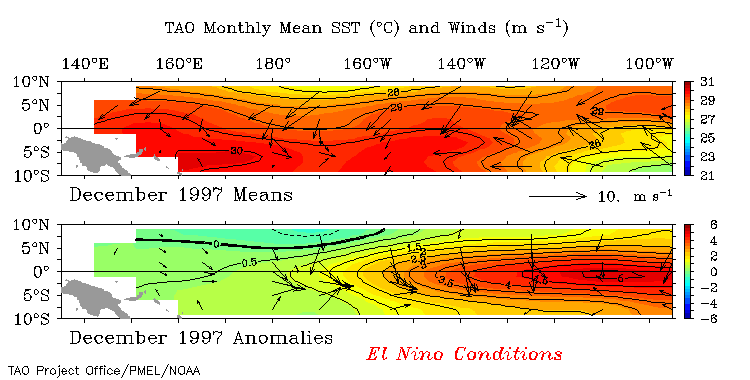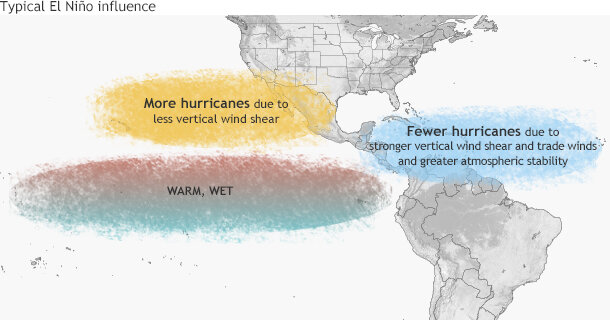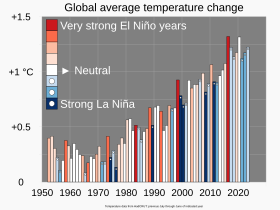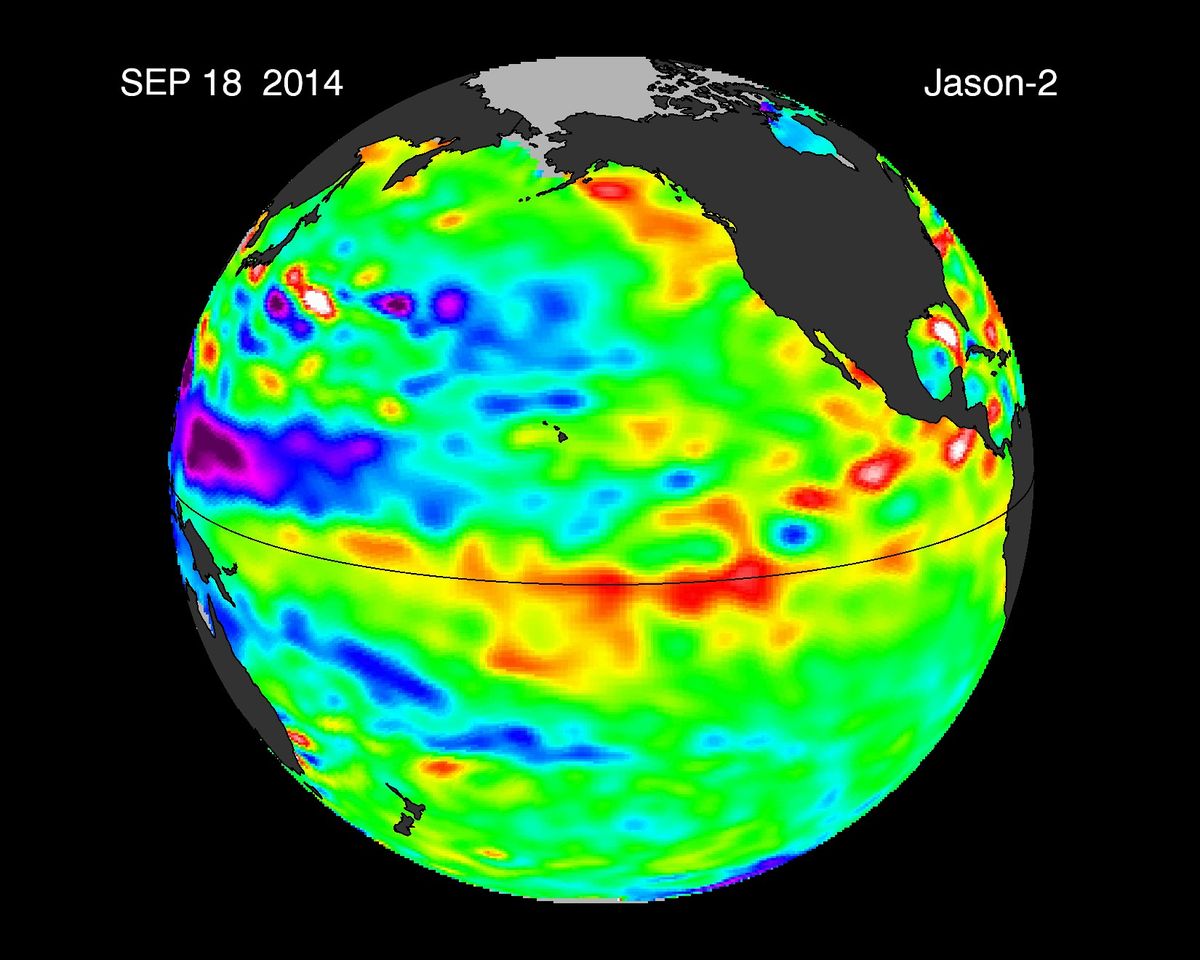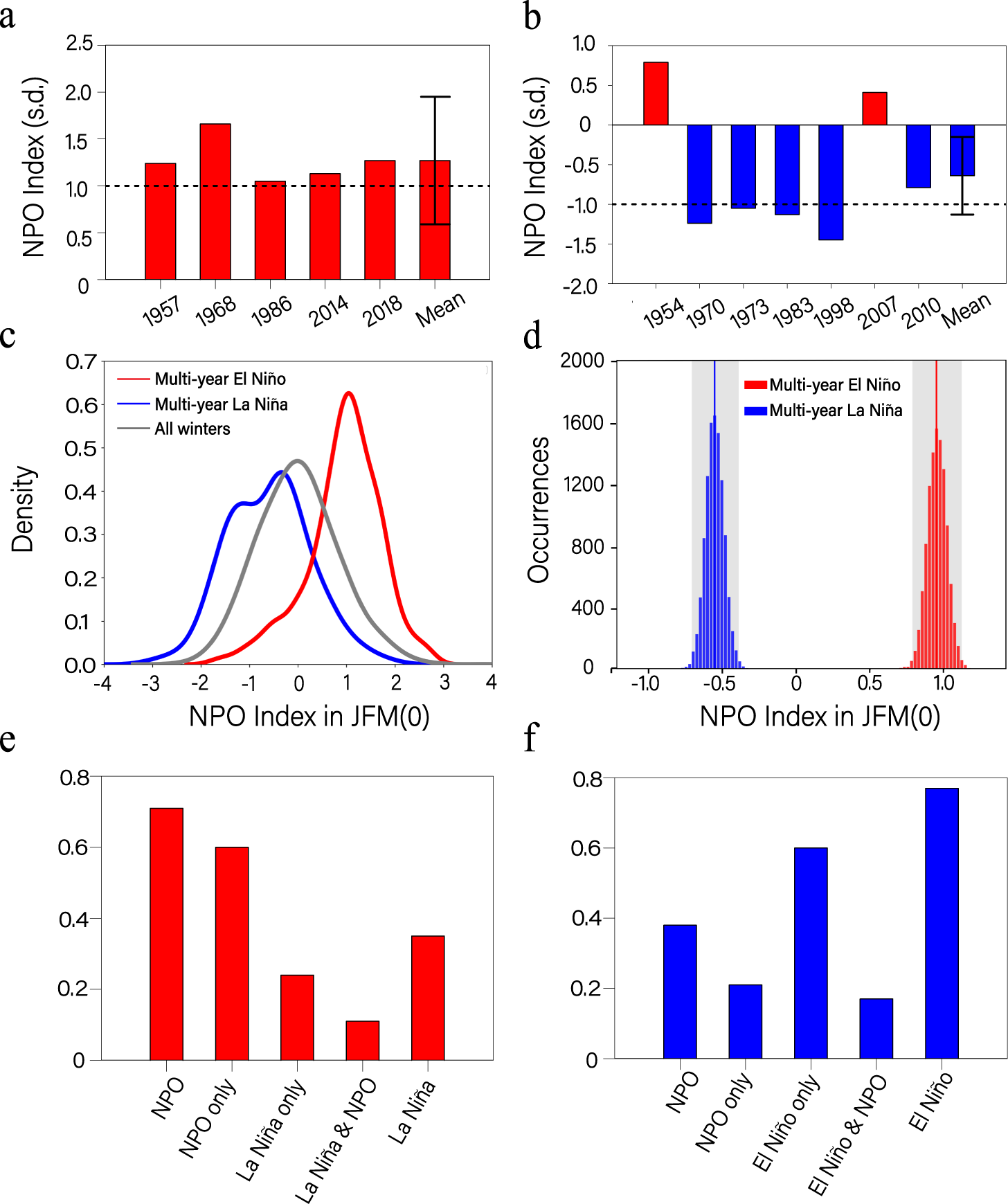
Throwback Thursday: MEET THE RIDERS AND THEIR RIDES: Nino Schurter—from MBA February 2018 - Mountain Bike Action Magazine

Does a Weakening El Niño Mean a More Dangerous 2016 Atlantic Hurricane Season? | The Weather Channel
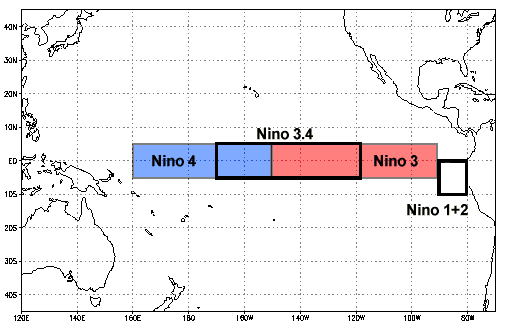
Equatorial Pacific Sea Surface Temperatures (SST) | El Niño/Southern Oscillation (ENSO) | National Centers for Environmental Information (NCEI)

Rare 'Triple-Dip' La Niña Increasingly Possible – What That Could Mean for Hurricane Season and Ongoing Drought | Weather Underground

